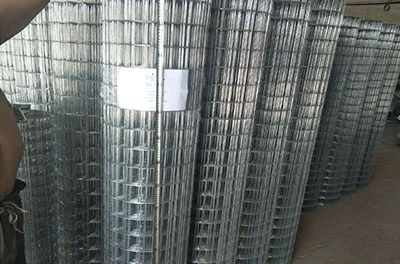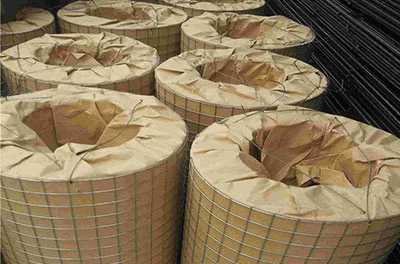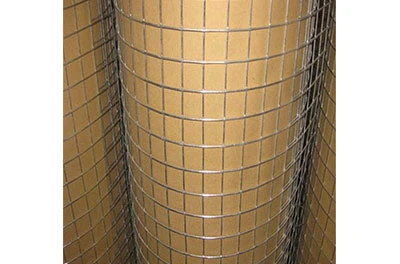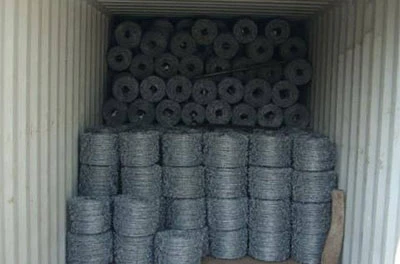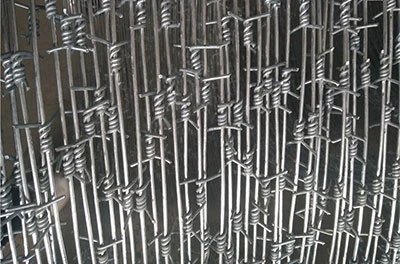Sep . 01, 2025 14:15 Back to list
Drainage Trench Cover Safety
Drainage trench cover systems play a critical role in urban infrastructure and industrial facilities, providing safe passage over drainage channels while allowing efficient water flow. These essential components come in various forms, including trench drain grate designs and solid steel drainage grates, each offering distinct safety advantages for different environments. Proper understanding of these systems begins with recognizing their fundamental purpose: to protect people and vehicles from open drainage channels while maintaining unimpeded water movement.
Modern drainage trench cover solutions must meet rigorous safety standards that address load capacity, slip resistance, and accessibility requirements. The engineering behind these covers involves careful consideration of material strength, opening sizes, and surface textures to prevent accidents and injuries. Industrial facilities typically require heavy-duty steel drainage grates capable of withstanding forklift traffic and substantial static loads, while pedestrian areas might utilize lighter trench drain grate options with finer patterns for comfortable walking.

Material Considerations for Trench Drain Grate Safety
The choice of materials for trench drain grate systems significantly impacts their safety performance and longevity. Different environments demand specific material properties to maintain structural integrity under various conditions. Steel drainage grates remain popular for heavy industrial applications due to their exceptional strength-to-weight ratio and durability under substantial loads.
Galvanized steel offers excellent corrosion resistance for outdoor trench drain grate installations, while stainless steel variants provide superior performance in chemical processing plants or coastal environments. The material thickness and grade must correspond to the expected traffic loads, with thicker gauges required for areas with vehicle traffic or heavy equipment movement.
Cast iron represents another traditional option for trench drain grate systems, particularly in heritage districts or where extreme durability is required. The self-lubricating properties of cast iron make it exceptionally wear-resistant, though its weight can complicate installation and maintenance procedures compared to modern steel drainage grates.

Ratings and Safety of Steel Drainage Grates
The structural integrity of steel drainage grates forms the foundation of their safety performance, with standardized load ratings helping professionals select appropriate products for various applications. These ratings classify drainage trench cover systems based on their ability to withstand specific weight concentrations and traffic types.
Proper load rating selection for a trench drain grate requires careful analysis of both static and dynamic load scenarios. Facilities must consider not just the weight of vehicles but also impact forces from braking, turning, or dropped loads. Many industrial accidents involving drainage trench cover failures result from underestimating these dynamic load factors or improper installation that compromises the rated capacity.
The design of steel drainage grates also affects their load distribution characteristics. Radial bar patterns typically offer superior strength compared to rectangular grids, while the orientation of bearing bars relative to traffic flow can significantly influence performance.
Drainage trench cover:Installation and Maintenance Protocols
Proper installation forms the cornerstone of drainage trench cover safety, as even the highest-quality products can fail if incorrectly positioned or secured. The installation process for trench drain grate systems varies by material and application but should always follow manufacturer specifications and engineering guidelines.
Critical installation considerations for steel drainage grates include:
Proper support frame preparation and leveling
Correct fastening method (bolts, clips, or gravity-set)
Appropriate sealing to prevent movement or rattling
Alignment with surrounding surfaces to prevent trip hazards
Expansion joint accommodation for temperature variations
Regular maintenance represents another essential component of drainage trench cover safety programs. Maintenance schedules should include:
Routine cleaning to prevent clogging
Inspection for cracks, deformation, or wear
Fastener tightness verification
Corrosion protection renewal
Load capacity reassessment after impact events
Particular attention should be paid to steel drainage grates in high-traffic areas, where constant stress can lead to fatigue failures over time. Implementing a documented inspection and maintenance program helps ensure the ongoing safety performance of all drainage trench cover installations.
FAQs About Drainage Trench Cover Safety
What are the most critical safety factors when selecting a drainage trench cover?
The primary safety considerations for drainage trench cover selection include load capacity matching expected traffic, slip resistance appropriate for the environment, and proper sizing to prevent trip hazards. The material must withstand local environmental conditions without premature degradation, and the design should allow for adequate water flow while preventing small object drops.
How often should trench drain grate systems be inspected for safety?
The inspection frequency for trench drain grate installations depends on their environment and usage intensity. High-traffic industrial areas should conduct formal inspections quarterly, while pedestrian zones might require semi-annual checks. All drainage trench cover systems benefit from routine visual inspections during regular facility maintenance rounds. After extreme weather events or accidental impacts, immediate inspection of steel drainage grates is recommended to identify any potential damage that could compromise safety.
Can existing steel drainage grates be retrofitted for improved safety?
Many older steel drainage grates can be upgraded with retrofit solutions to enhance safety. Options include adding slip-resistant coatings, installing secondary support frames, or applying protective treatments to combat corrosion. However, severely worn or damaged drainage trench cover units typically require complete replacement. When retrofitting trench drain grate systems, it's crucial to verify that modifications don't compromise the original load ratings or water flow capacity.
What are the warning signs of an unsafe drainage trench cover?
Visible signs of an unsafe drainage trench cover include visible cracks or deformation, excessive movement when walked upon, significant corrosion, loose or missing fasteners, and uneven alignment with surrounding surfaces. For steel drainage grates, listen for unusual rattling noises that may indicate failing supports. Any trench drain grate that has sustained impact damage or shows reduced drainage capacity should be immediately evaluated by a qualified professional.
How does proper drainage trench cover installation prevent accidents?
Correct installation of drainage trench cover systems prevents accidents by ensuring stable, even surfaces that won't shift under load. Properly secured steel drainage grates eliminate tripping hazards and prevent cover displacement that could create dangerous openings. Quality installation also maintains the manufacturer's intended load ratings and slip resistance properties of trench drain grate products. Attention to details like frame preparation and sealing prevents long-term issues like corrosion or structural weakening that could lead to future failures.
The importance of proper drainage trench cover selection, installation, and maintenance cannot be overstated when it comes to facility safety. Whether specifying rugged steel drainage grates for industrial complexes or selecting aesthetically pleasing yet functional trench drain grate solutions for public spaces, safety considerations must remain paramount throughout the decision-making process.
By understanding the relationship between material properties, design characteristics, and real-world performance, facility managers can create safer environments that protect both people and property.
Implementing a comprehensive safety program for steel drainage grates and other drainage covers involves regular training for maintenance personnel, scheduled inspection routines, and prompt attention to any identified issues.Remember that a properly specified and maintained trench drain grate not only prevents accidents but also contributes to efficient water management and overall infrastructure durability.
Latest News
-
Heavy Duty Yard Gully - Durable Industrial Drainage Solutions for Harsh Environments
NewsNov.24,2025
-
Everything You Need to Know About In Grating: Applications, Benefits & Trends
NewsNov.24,2025
-
Electro and Hot-Dip Galvanized Welded Wire Mesh Roll 1/8–4”
NewsNov.17,2025
-
Wire Mesh Conveyor Belts - Stainless Steel, Heat-Resistant
NewsNov.17,2025
-
Durable Circular Grating Solutions for Industrial Applications
NewsNov.17,2025
-
2m x 1m x 0.5m Galfan Gabion Basket Retaining Wall Design
NewsNov.17,2025
Our company owns has excellent CAD steel grating drawing designers, who can provide customers with perfect steel grating layout design and better meet customers' special requirements for products. We have been adhering to it the business tenet of "quality first, customer first", with high-quality products, reasonable prices, and the fastest delivery time, we wholeheartedly provide customers with a full range of services! Welcome new and old customers to cooperate sincerely and create brilliance together!
Contact Us
WELCOME TO OUR COMPANY!
Thank you for your interest in our services! If you have any questions or wousld like to book a service, please don’t hesitate to contact us. Our team is dedicated to providing you with the highest level of service and support, and we are committed to working with you to make your event a success.

Service Email

Service Phone
Product Center
Contact Us
- Phone: +86 +86 15733154345
- E-mail: sales@chengsenchina.com
- Address: B1213 GLOBAL CENTER, NO.226 ZHONGHUA NORTH STREET, SHIJIAHUANG, CHINA



